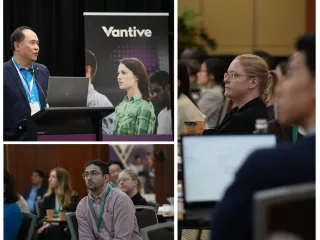Who wants to be just “adequate”? Redefining the goals for PD treatment
Written by Richard Booth, Medical Lead, Chronic Therapies A/NZ
Urea clearance or PD adequacy has long been how we measured PD performance, and this has not considered other measures that are more important to the patient. When was the last time you had a patient complain of a low Kt/V? Performance measures are multi-factorial and away from urea. Prof. Perl discussed how the SONG initiative has highlighted a range of other measures that deserve more attention: peritonitis rates and transition to HD, to name just two.
The COVID-19 pandemic taught us that not all clinic visits and assessments need to be in person. We heard Prof. Perl’s perspective on how a mix of virtual, telehealth and in person can work as well as in-person only. The use of remote patient monitoring provides peace of mind for clinicians and patients, knowing that they can see what’s happening.
For some patients who are keen to do PD yet have one or more limitations (physical, cognitive, psychological), Assisted PD may provide the necessary support to help these patients achieve PD excellence. The PD Academy audience heard that while not widely available in ANZ, the Canadian experience highlights how a little help can get patients over the line onto PD. Sometimes it’s just a helping hand until the patient is confident enough to do it themselves.
Prof. Perl’s final discussion point is that we need to be aware of the environmental impact of the therapy we choose and here, recycling of the waste from PD is one way of reducing the carbon footprint and improving sustainability.
Prof. Perl closed his talk with a couple of patient photos: one of a man sitting on the balcony overlooking the sea in glorious sunshine, his drain bag on the ground as he completed a CAPD exchange, and the other man sitting on camp chair in front of his motorcycle as he rode across Canada. His PD solution bag hung off the handlebars. Prof. Perl reminded us that this is what PD excellence looks like: patients living their best lives and managing the therapy.
Using Kt/V as a marker for dialysis adequacy in PD is liking trying to use Euros to pay for something in Australia
Prof. Jeff Perl
